This paper shows that taxes affect the international location decisions of the best “superstar” inventors. Higher tax rates lead to a significantly lower share of superstar inventors remaining in their home country and a lower share of foreign superstar inventors who move to the country. This may have significant fiscal and innovation costs for a country that should be taken into account when setting tax policy.
technological innovation
The productivity impact of new technology: evidence from the US steel industry
The introduction of new production processes can have dramatic effects on aggregate productivity within an industry. This research explores the impact of the major technological innovation of the minimill on the US steel industry, analyzing detailed producer-level data on prices and production over a 40-year period. The study illustrates how technology can drive reallocation: the market share of plants using minimills rose significantly, but the older technology of vertically integrated production was not entirely displaced. Instead, less productive vertically integrated plants were driven out of the industry and output was reallocated to more efficient producers.
Forced to upgrade? How consumer welfare is affected by technological innovation
When new technologies enter the market, older products are often removed from store shelves. This article asks whether such product elimination is socially efficient. It studies this question in the context of the American Home PC market between 2001 and 2004. Empirically, the paper documents consumer heterogeneity and then studies how the major innovation of the time—Intel’s Pentium M™ processor—contributed to social welfare.








